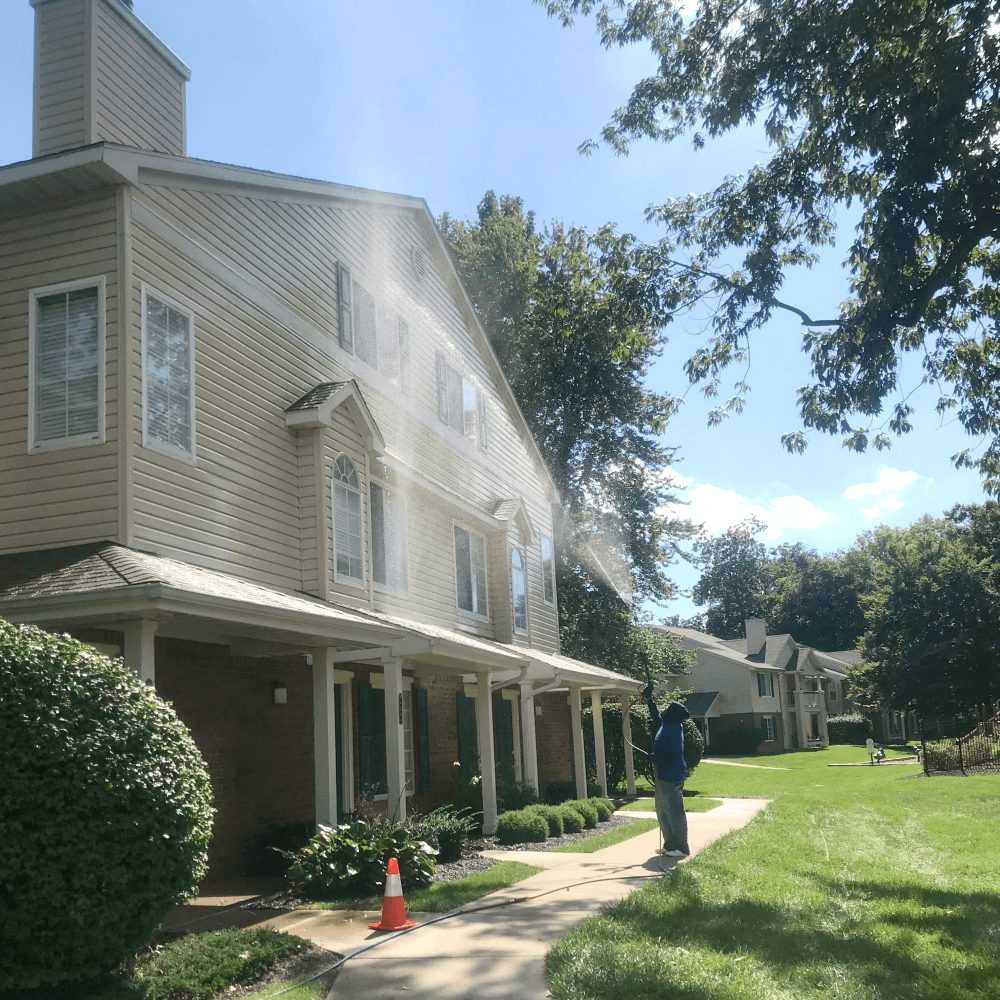Fencing and Decking Materials: 5 Resolutions for Better Maintenance
Fencing and Decking Materials: 5 Resolutions for Better Maintenance Home maintenance is one of the…
Fencing and Decking Materials: 5 Resolutions for Better Maintenance
Home maintenance is one of the most popular themes found in New Year’s resolutions – right up there with fitness and finance. To prolong the life of your fencing and decking materials, and to create a more enjoyable outdoor living area, promise yourself you’ll accomplish these tasks in the next year.
1. Care for your deck furniture
Give your deck a little TLC. Here’s how to care for patio furniture according to construction material:
Cast and wrought iron: Rust should be sanded away. Once all rust is gone, apply a fresh coat of paint.
Molded plastic furniture: Clean it with soap and water, let it dry, and then apply a layer of car wax.
Outdoor fabrics: These may be cleaned with a bleach dilution. Be sure you store outdoor fabrics inside over the winter months to prevent mold.
Wicker furniture: Clean it with a pressure cleaner set to a low pressure setting.
Wood furniture: Clean stains with a white vinegar solution. Clean pieces should be stained and sealed, just like cedar decking or fencing.
2. Conduct a cedar decking stability check, for safety.
The North American Deck and Railing Association reports that between the years 2000 and 2006, 30 Americans were killed by deck collapses and another 2,000 people were hurt. Follow these steps to check the safety of your deck – doing so could save lives.
How to check the safety of cedar decking:
First, look at support mechanisms. Examine the beams and posts that hold up your decking. Using a metal tool, tap decking materials to check for dry rot, which will give way under a solid clunk. Also notice any splitting wood. Both of these circumstances call for a thorough examination from a decking professional. You should also contact a decking contractor if your deck feels unstable.
Check out the area where the house connects to the deck. Decking contractors can vouch that one of the most common areas of structural failure is the ledger board, where the deck connects to the house. Examine your ledger board, looking for loose or missing bolts. Call your decking contractor if you find any problematic connections.
Finally, see if all guards and rails are strong and sturdy, look for rust and corrosion, and arrange a municipal assessment by asking a city worker or decking contractor to assess the safety and legality of your deck.
3. Add a patio cover.
If you need more livable space, a patio cover can be an affordable solution. A patio cover creates a protected outdoor area that can be comfortable year-round, especially if you add a patio heater. It can also help reduce your deck’s exposure to the elements, thus prolonging its life.
4. Reseal (and stain) cedar fence materials.
If you want to preserve your cedar fence materials, you’ll need to reseal them every year. Some years may also require a fresh layer of stain. While you’re taking care of the fence, why not tackle your cedar decking materials too? In moist locales like the Pacific Northwest, wood products must be sealed against winter rains; otherwise, rot will set in.
5. Put in an under-deck drainage system.
Chances are that the zone underneath your deck suffers drainage problems and pest infestations. There’s an easy solution, though: installing an under-deck. An under-deck is a piece of pre-molded vinyl that is custom made, and therefore fits your deck precisely. It protects your home by pulling away water while also preventing pests from building their nests under your deck.







